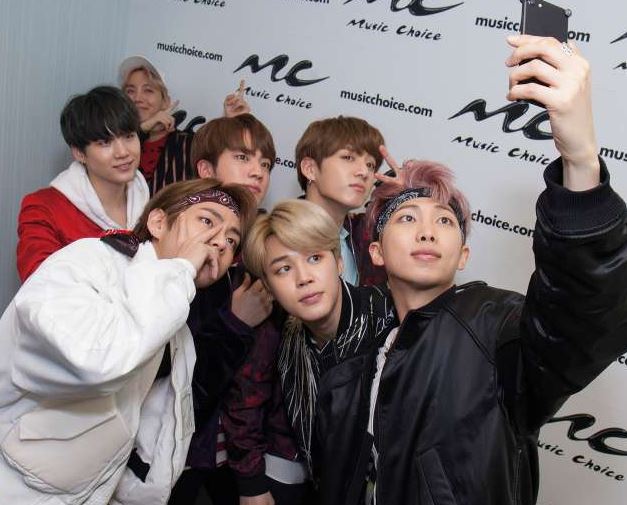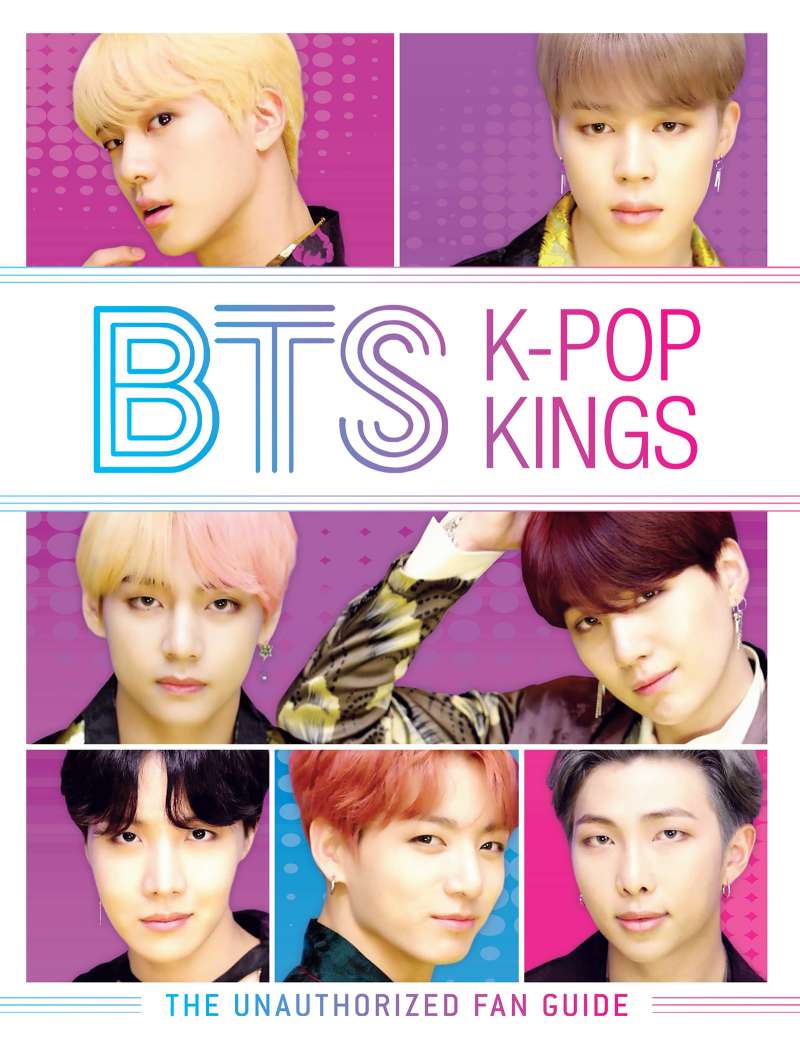Are your kids super into BTS, and other K-pop singing groups? Here’s a little primer so you can figure out what they’re talking about.

K-pop. Korean pop music, generally sung by medium-to-large groups of telegenic singers while performing complicated choreography.
Bagel. It’s a portmanteau to describe pop stars who are both baby-faced and glamorous.
Bias. A good bias — favoritism or devotion. (If a fan has bias toward Jimin of BTS, for example, they’ve got bias.)
Trash. An obsession with a particular group or K-pop star. (A BTS fan is thusly trash for that group.)
Maknae. The youngest member of a K-pop group. (In BTS, that’s Jungkook.)
Visual. A highly debatable and unofficial honorific reserved for who a K-pop fan thinks is the most attractive member of a K-pop group; their face is often the one most commonly used in marketing materials.
This fan guide to the Korean boy band BTS—also known as the Bangtan Boys—showcases their talent, dedication, clever choreography, and catchy blend of pop, hip-hop and R&B.
Aegyo. Even if they’re not visual, a K-pop star can have aegyo, or extreme cuteness.
Sub-units. Unlike American boy bands like the Backstreet Boys or 98 Degrees, which usually have four or five members, K-Pop groups might feature a dozen or more singers. They’re so big that they branch off into smaller mini-groups or sub-units that release their own side projects.
Sasaeng. K-pop inspires some extreme fandom, and some diehard fans take things too far. They might be called “obsessives” or “stalkers” in the U.S., but in South Korea they’re known as saseng, which translates to “private life” in Korean. Ironically, that’s what these fans invade.
Simkung. Comprised of two Korean words put together that both refer to the heart, this idiom means the same thing in English as “heartthrob” or “teen idol.”
Jjang. It translates roughly to “the best” or “the greatest,” so this is one tossed around a lot by hardcore K-pop fans.
Learn more about K-Pop — or share the love with another — with BTS: K-Pop Kings, available now!








